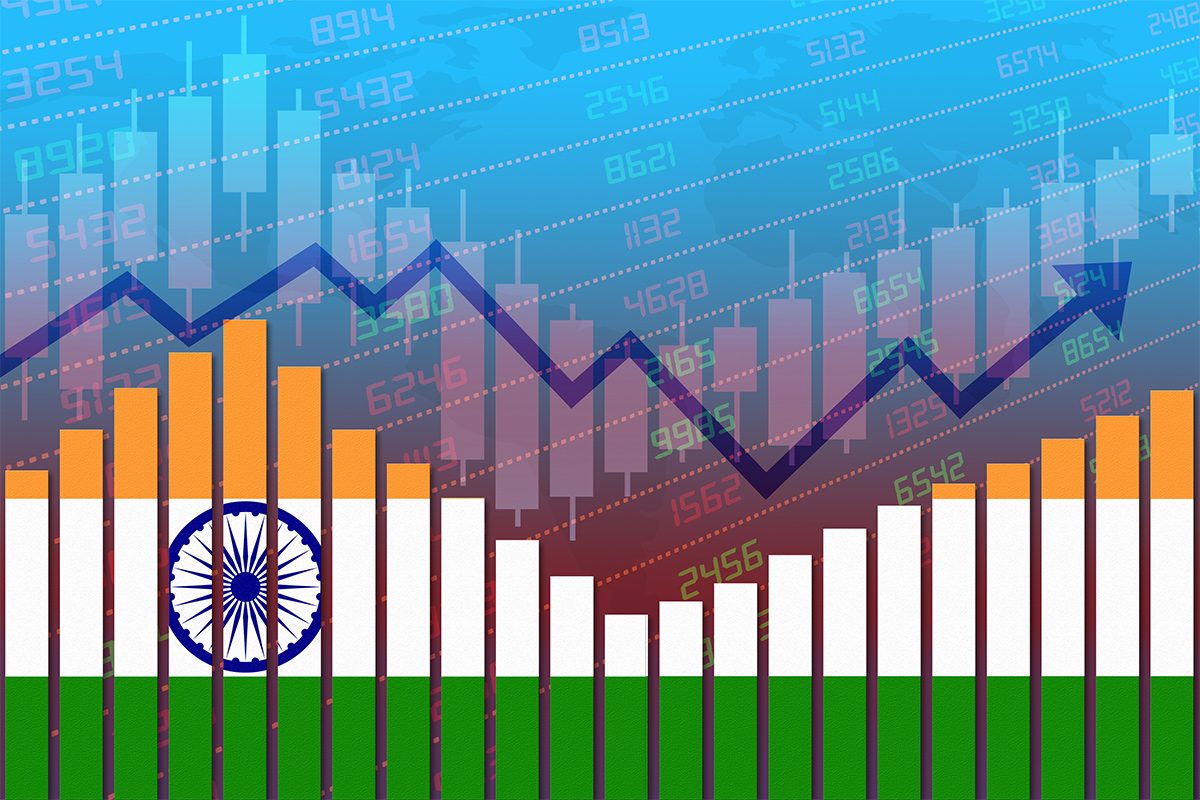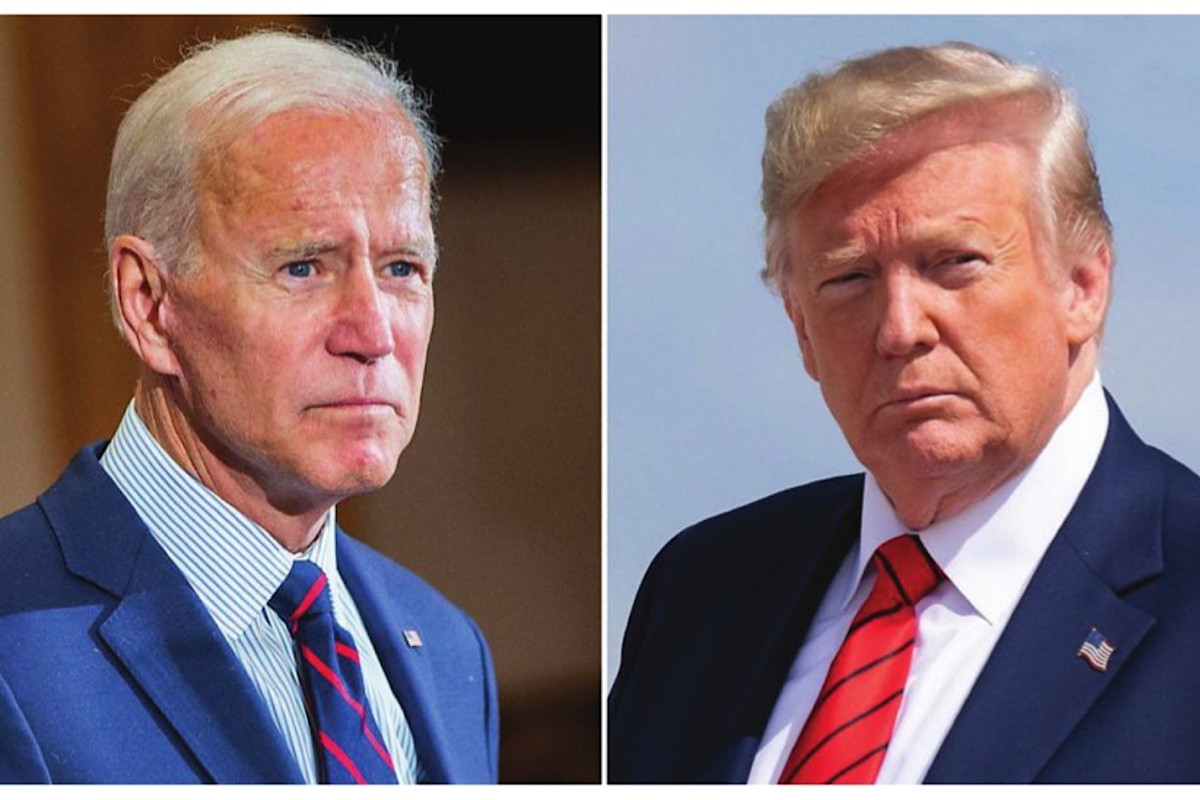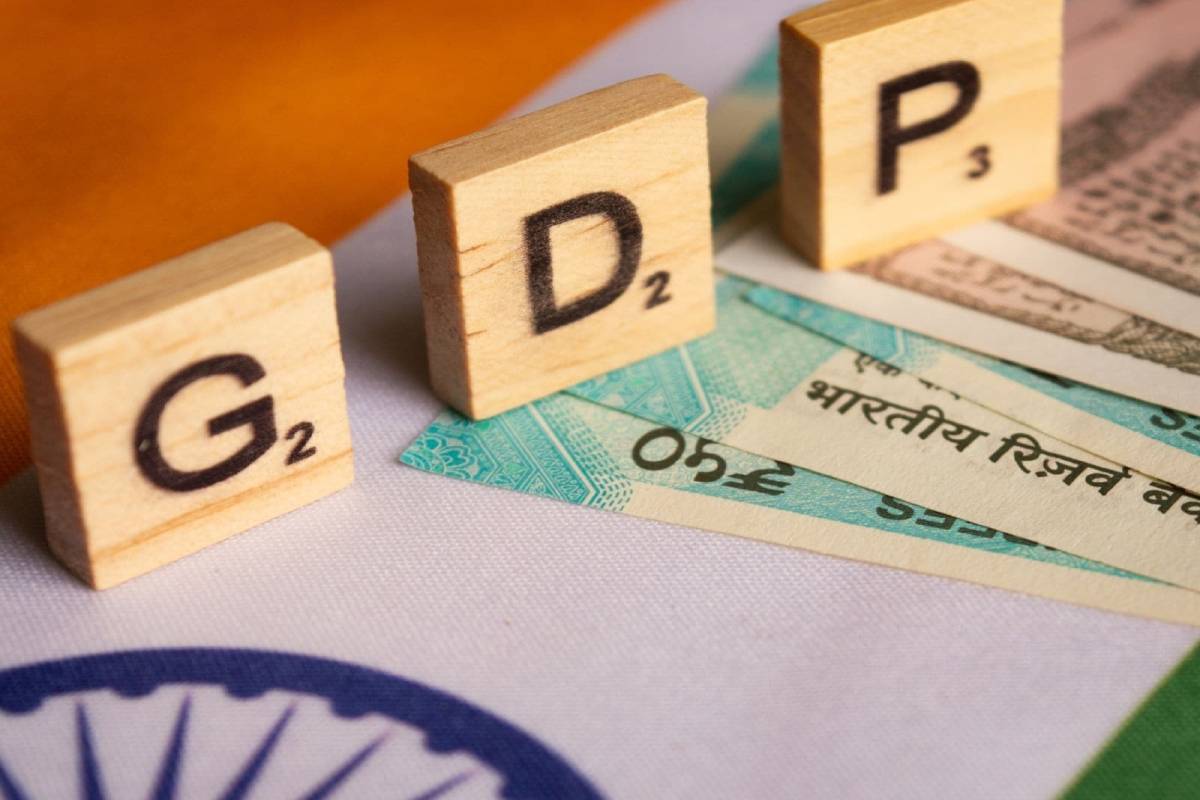Earnings season, global cues to shape market trends
Markets will continue to focus on the earnings season and global cues in the upcoming week.

Markets will continue to focus on the earnings season and global cues in the upcoming week.

The decline in CAD reflects a strengthening of the macroeconomic fundamentals of the Indian economy.

Within global economies, America’s resilience shines brightly, defying the dire predictions of naysayers and sceptics. Against a backdrop of uncertainty and volatility, the US economy has emerged as a bastion of strength and vitality, demonstrating a remarkable ability to weather storms and navigate through turbulent waters.

Money makes the world go round, so sang Sally Bowles in the famous movie Cabaret. Money today keeps the global economy ticking, and if the central banks stop printing money, we would already be in a 1930s Depression.

In the narrative of a nation’s economic performance, GDP growth often takes centre stage, like the star student’s report card that parents eagerly await.
Three former Thai ambassadors and Indonesia and Malaysia-based regional experts took part in Asia News Network’s Clubhouse discussion “Can Asean help to bring peace to Myanmar?”. Pana Janviroj reports.
Some experts feel that the measures announced are not sufficient and require careful restructuring, While the government had announced short-term policies to deal with migrant labour in 2020, what is required are long-term as well as short-term policies.
Theories, however, cannot explain why some countries succeed while others fail in transforming natural resources to higher productivity and growth; the answer probably lies in the institutional environment of a country. If institutions promote transparency and incentivise productive and entrepreneurial activities and protect property and other rights of individuals, natural resources are likely to impact the economic outcomes positively.
One of the most promising ways to close the stubbornly persisting gender divide is technology. For low-income women, digital financial inclusion offers an opportunity to upend entrenched gender inequalities. Financial services delivered via mobile phone can bridge the last-mile gap, bringing financial tools and services directly to women where they work and live
Instead, US general government expenditure rose by 78 per cent in constant 2010 dollars from 1981 to 2019, whereas total public debt has increased dramatically from $1 trillion or 31 per cent of GDP when Reagan was President to $27 trillion or 136 per cent of GDP by the end of September 2020.